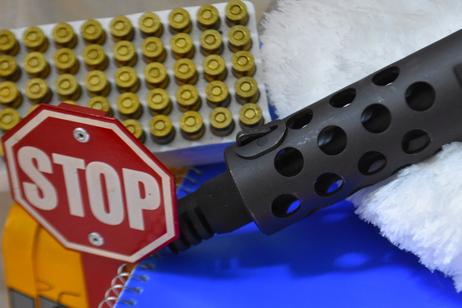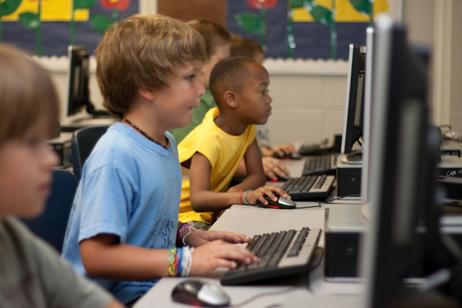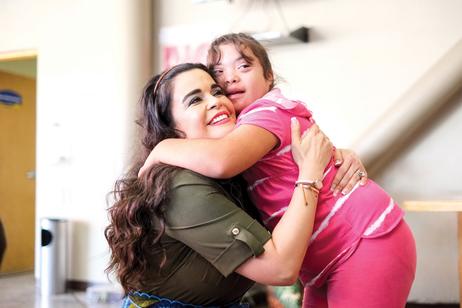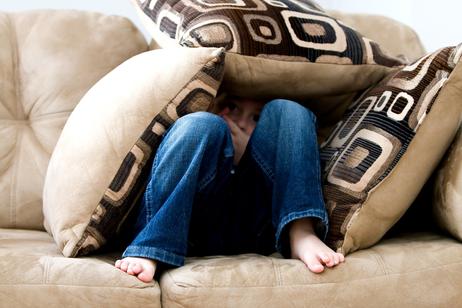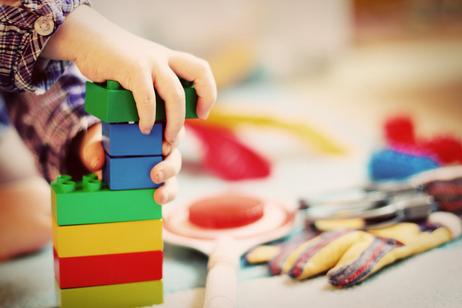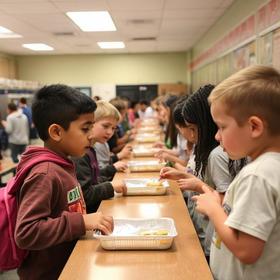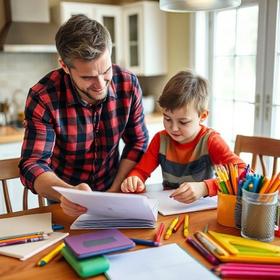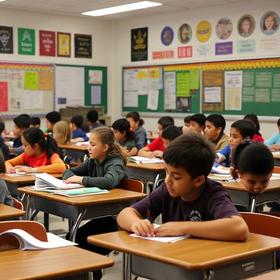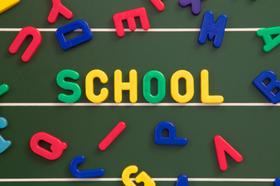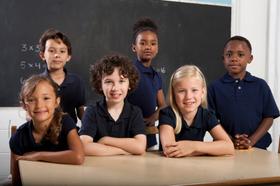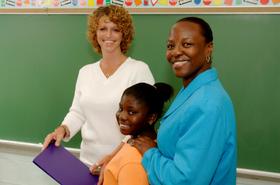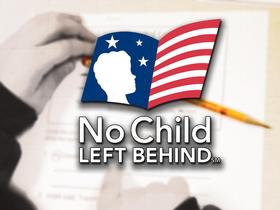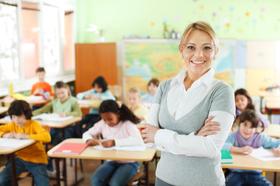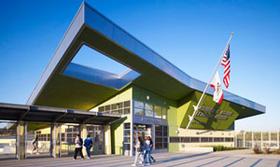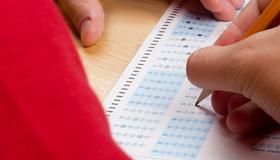School Safety: Shootings
As I began my research for this article on school shootings, I thought it best to look at the history of shootings in American schools. I expected the timeline to cover the 19th and 20th centuries, but I wasn't prepared to discover that the first shootings dated back to the 1700s.
- First, read K12 Academics' . That article covers from colonial days through to 2010.
- Then, to take us up to 2015 read Maria Esther Hammack's . Reporting in the New York Times, Christine Hauser's article chronicles the first five months of 2022.
Having documented shootings, let us look at what you and I can do to keep our children safe in schools at every level.
Inspired by past school shooters, some perpetrators are . However, most school shooters are motivated by a generalized anger. Their path to violence involves self-hate and despair turned outward at the world, and our research finds they often communicate their intent to do harm in advance as a final, desperate . The key to stopping these tragedies is for society to be and act on them immediately. from

